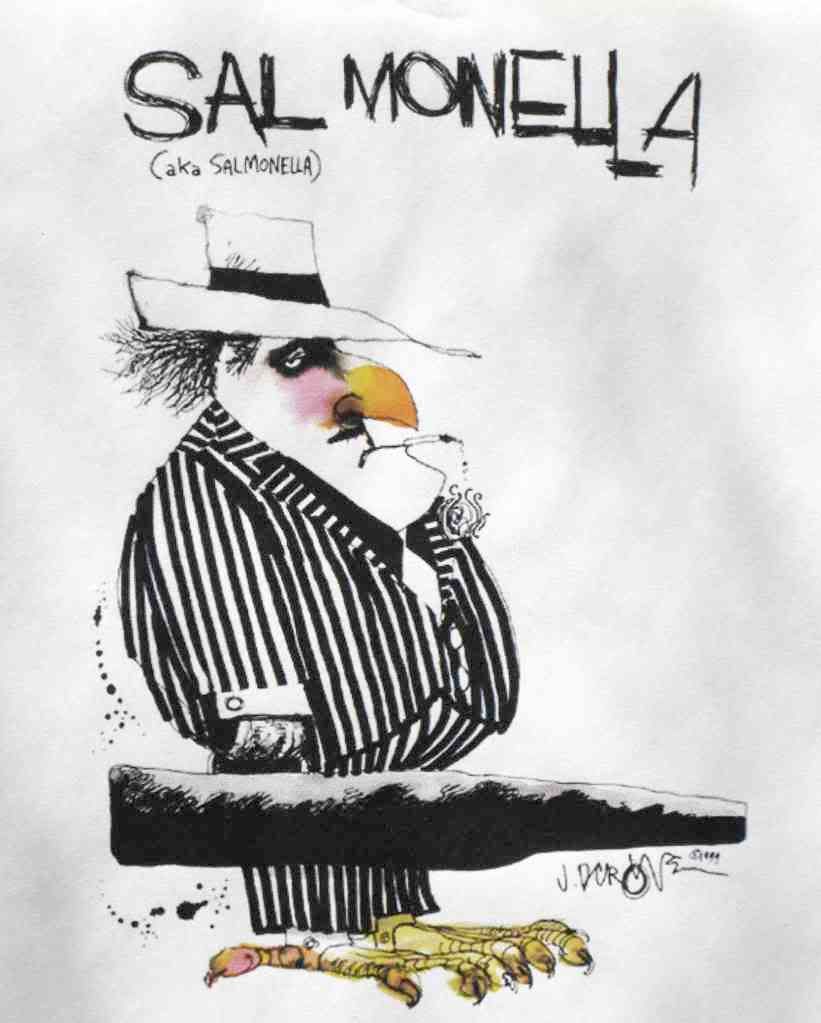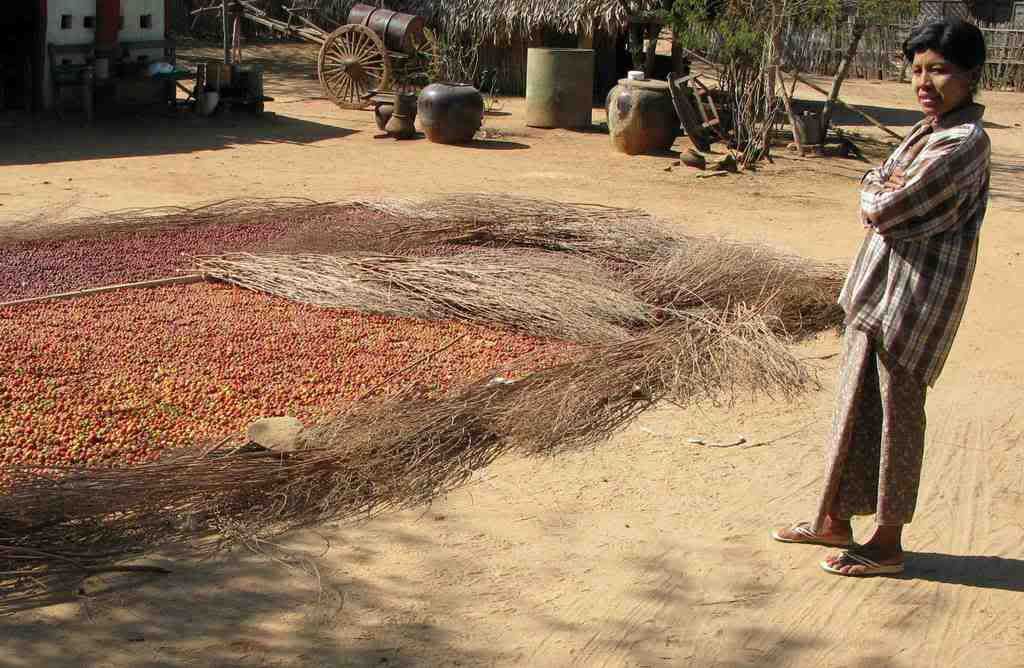Pepper is a fruit – a berry to be precise – with some similarities to grapes.
Both grow on vines. Both grow in clusters. Both are harvested by hand. But the resemblance ends at harvest.
While grapes are typically eaten fresh or pressed to make juice and wine, pepper – according to McCormick & Company – is the number one selling spice in the United States.
The pepper plant (proper name Piper nigrum) is a tropical plant and grows in countries with a seasonal monsoon climate, including India, Indonesia, Vietnam and Brazil. The vines can attain a height of 12 feet when properly supported by trees, poles, or trellises.
Once harvested, the pepper clusters are laid out on grass mats to dry in the sun. The berries are turned frequently, to ensure uniform drying and are brought indoors at night. After 7-10 days, they are ready to be sold.
At this stage, the dried pepper berries – now properly called peppercorns – are still loaded with a variety of stems, stones, dirt and debris. The processor must clean and grade the peppercorns before packaging them. Some processors, such as VKL Vietnam Ltd., steam-sterilize peppercorns and other spices to minimize the risk of microbiological contamination.
"How," you ask, "do microbes get onto the peppercorns?"
The answer is simple. It happens during the 7-10 days that the berries sit out in the sun to dry.
I travelled through Southeast Asia in 2008 and had the opportunity to see how both fruit and fish are dried in the sun in Laos and Myanmar (Burma). Although the Vietnam government has been trying to develop solar energy methods for drying produce, many small farmers in that country still use traditional methods.
Farmers in Myanmar dry their produce on grass mats laid on the ground in front of their houses, and "protect" the drying fruit with a border of straw.
In the same open area, one often finds:
The family cow or ox
And a free ranging chicken finding its lunch next to the family manure pile
Get the picture?
If you would like to receive automatic email alerts for all new articles posted on eFoodAlert, please click here or submit your request using the sidebar link. Please include "subscribe eFoodAlert" in the subject line.









No comments:
Post a Comment
Note: Only a member of this blog may post a comment.